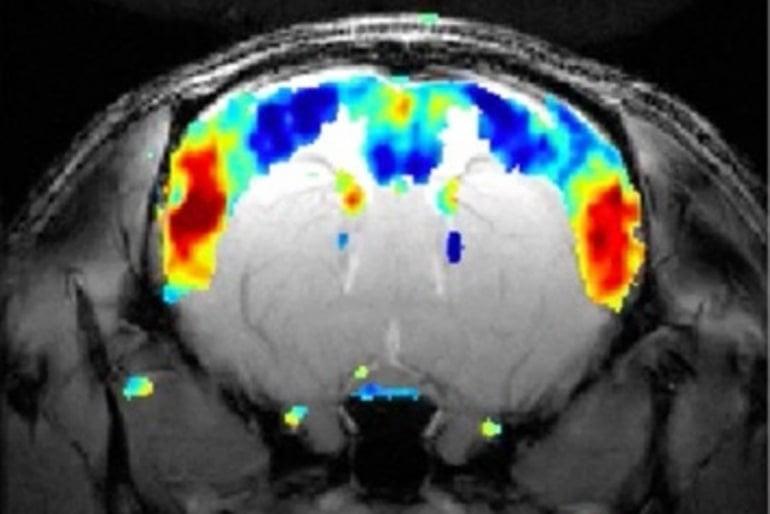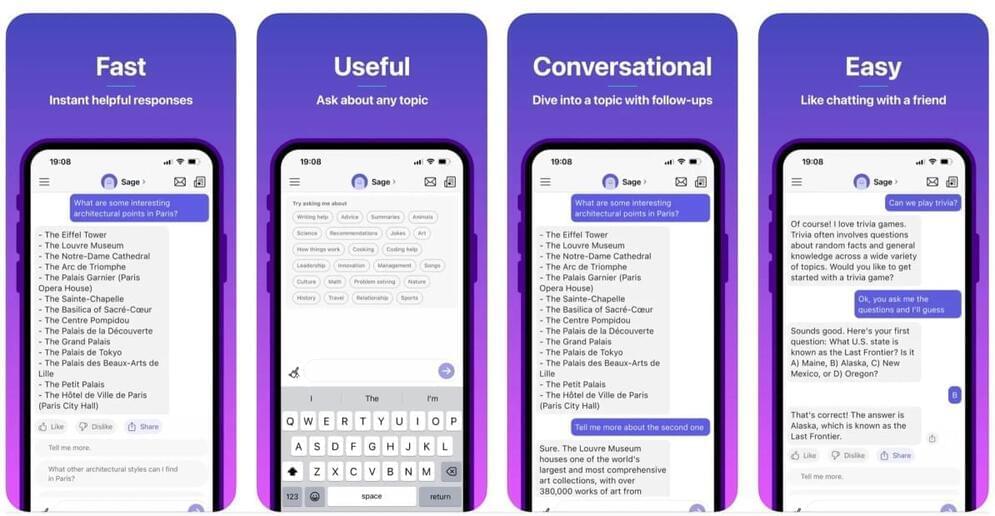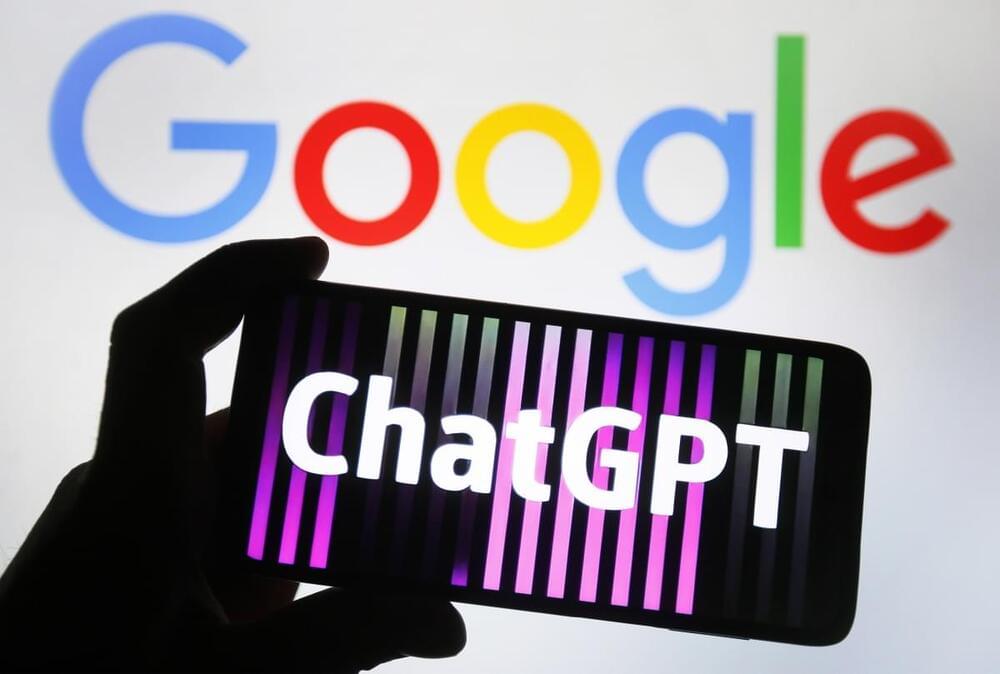The viruses Kaposi sarcoma-associated herpesvirus (KSHV) and Epstein-Barr virus (EBV) have been linked to several cancers. For the first time, UNC School of Medicine scientists have discovered that these viruses use a human protein called barrier-to-autointegration factor 1, or BAF, to evade our innate immune response, allowing the viruses to spread and cause disease.
These findings, published in Nature Communications, suggest that BAF and related proteins could be therapeutic targets to prevent these viruses from spreading and leading to cancers, such as Kaposi sarcoma, non-Hodgkin lymphoma, Hodgkin lymphoma, multicentric Castleman disease, nasopharyngeal carcinoma, and gastric cancer.
“Viruses are in a constant battle with the cellular immune system, which includes the protein cyclic GMP-AMP synthase, or cGAS, which binds to viral DNA and sounds the alarm to trigger immune responses and fight the viral invaders,” said senior author Blossom Damania, Ph.D., the Boshamer Distinguished Professor of Microbiology and Immunology and member of the Lineberger Comprehensive Cancer Center. “We’ve discovered that KSHV and EBV use a different host cell protein, BAF, to prevent cGAS from sounding the alarm.”









